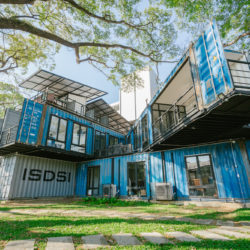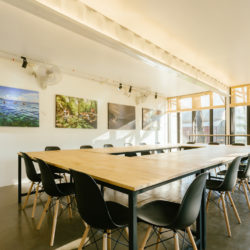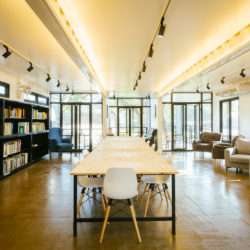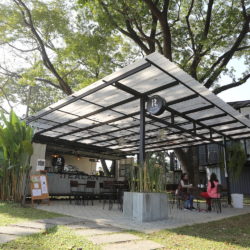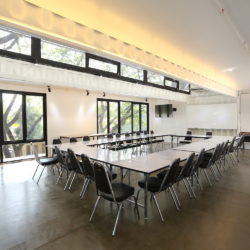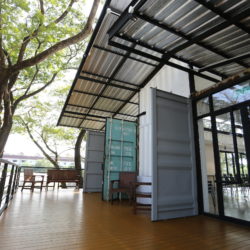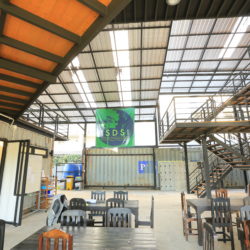ISDSI runs study abroad programs for American university students studying sustainability and other topics in Thailand.
As a part of that, our campus is an experiment in sustainable design and architecture, integrating 17 shipping containers into our main building, with 22 total on site.
Video / Photos / Design Goals
There are a lot of options for sustainable architecture, including adobe, straw bale, bamboo, and other materials. We elected to use shipping containers (sourced out of the ports in Bangkok) to build our center. By up-cycling the steel, they are kept out of the waste stream, and allow us to learn (and teach) about how to use the hundreds of thousands of containers sitting in the ports of the Global South.
These pages detail our construction and use of our innovative building, including video, photos, and other resources. We’ll be adding to this site to include our land-use restoration projects, tree conservation, urban farming and other initiatives.
Check out more details on the menu, and look below for highlights.
